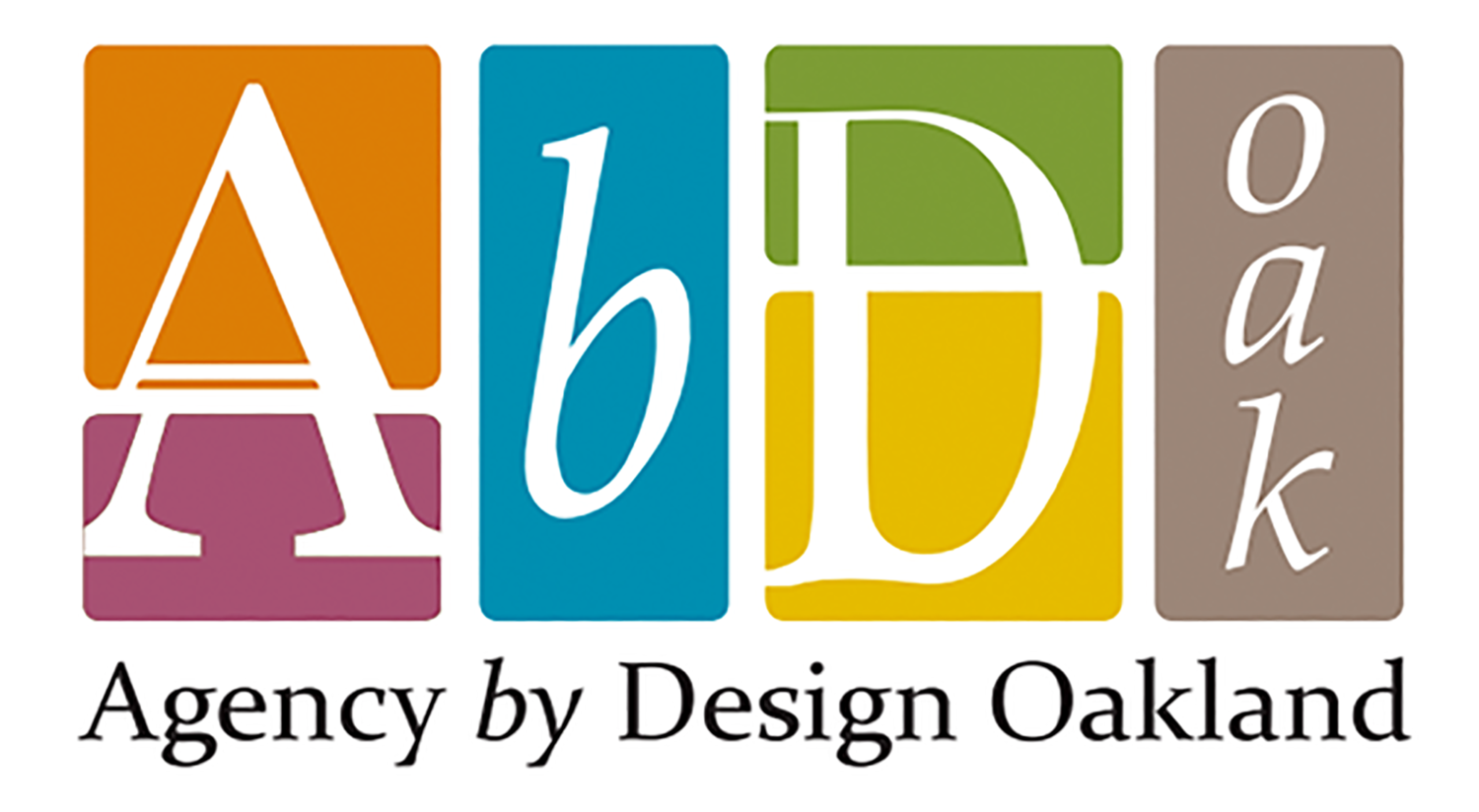“I just love the jist of building stuff, and the think, make, and improve process where you have to brainstorm, build, think, and re-design. And it was just satisfying, looking at what I built.”
-Student, Wood Middle School
Sixth grade students in Ngà Nguyêñ’s Technology and Design class are supported with multiple assessment structures that promote reflection and agency. At the core of the class are engaging hands-on projects, like the assignment to build a rocket—in two weeks—that flies over 50 feet. These projects build in other content area skills, too, particularly math. “Everything we do is just a trick to get them to learn how to measure,” says Ngà. To successfully make a rocket students had to go through an iterative process of drafting, building, testing, re-design, and another round of testing. But it’s the additional assessment structures that Ngà has been experimenting with these days that are pushing his practice.
Ngà has collaborated with an on-site colleague and arts integration coach, Lindsey Shepard, to develop a student-centered reflection. At the end of the rocket project mentioned above, students create an artist statement, or “Designer Statement,” in which they choose a Studio Habit of Mind as a lens to reflect on their process. The Studio Habits of Mind is part of a framework developed by the research institute, Project Zero, at the Harvard Graduate School of Education. Similar to the Agency by Design research project, the Studio Think Framework was developing in collaboration with Bay Area educators, and outlines eight habits visibly evident in the art studio. Wood Middle School has introduced these habits school wide, using them as a tool to invest in arts integration across content areas. In Ngà’s class, the designer statements over time turn into portfolios, an authentic assessment tool used by real world professionals.
“Engage and Persist is one of our Studio Habits of Mind. You just have to persist on what you’re doing. You’re always gonna fail, that’s just the path to success. Failure is not bad. You have to learn from your mistakes and not avoid them.”
-Student, Wood Middle School
Ngà also joined the Agency by Design Oakland fellowship in 2016, which further pushed his thinking around assessment for maker-centered learning in his classroom. In particular, Ngà was interested in having the students develop more agency in the assessment process, and wanted to create a daily structure that would support students’ work. Ultimately he developed a system of goal setting and reflection, where students would reflect on their own learning process and goals, hopefully making kids accountable to themselves. Specifically he hoped to pass on to students a disposition of always wanted to get better, always looking for something to improve on. He says, “[It’s about] always looking for that motion to move forward. Perfection never happens.” -Tinkering and Making Facilitator Ngà Nguyêñ
The routine goes like this: when students enter the class they pull out a worksheet and quickly begin looking a small white board near the door, where Ngà has listed the class agenda for the day. On their worksheet students respond to the questions, “What’s the day’s agenda? and What’s your goal?” Then, at the end of the class period, students spend time following up on the agenda and goal, responding to the questions, “What did you learn? What do you wonder about what you made today? How did the day go?” This process is reviewed at the end of each week with a 1-5 rating and a longer reflection. Ngà’s system and questions appear simple, but he believes that by making it a routine it will become a habit for his learners to be in control of their own learning.
Wood Middle School enrolls 6th, 7th, and 8th graders and is part of the Alameda Unified School District in Alameda, California.







